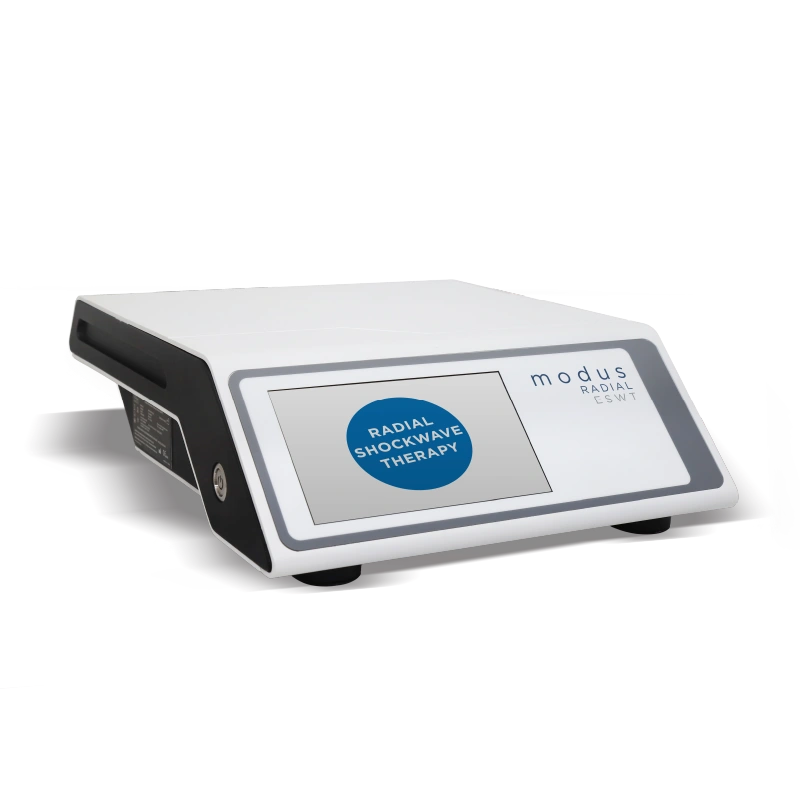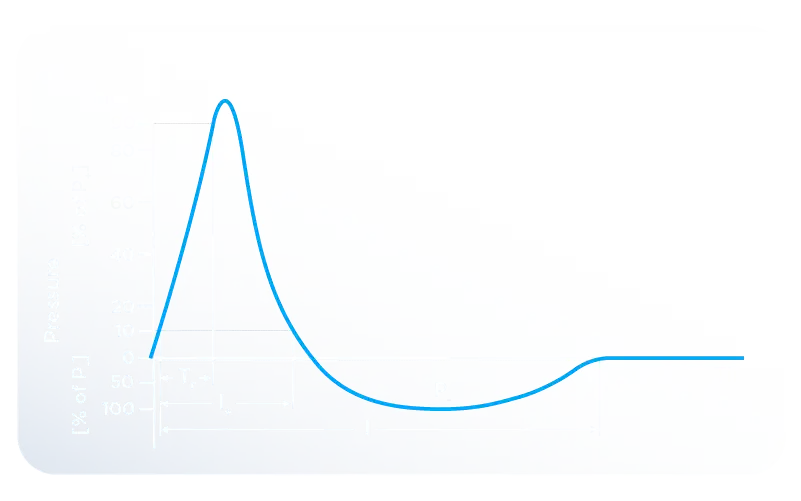
What is Patellofemoral Pain Syndrome? How does it occur?
Patellofemoral syndrome is a condition where the muscles attached to the kneecap do not pull it evenly to keep it in a neutral position when the joint is moved. There are 4 muscles on the front of the upper leg, and when two of these muscles do not pull evenly, a painful syndrome arises.
Factors Triggering Patellofemoral Syndrome
- Tight, fibrotic vastus lateralis muscle on the outer side of the thigh
- Short leg
- Extremely tight iliotibial (IT) fascial band on the outer side of the thigh
- Early-stage arthritis on the underside of the kneecap
- A weak vastus medialis muscle on the inner side of the thigh, just above the knee
- Alignment problems with the foot, hip, or pelvis
The most common cause of patellofemoral syndrome is an imbalance in the strength of two of the four quadriceps muscles in the thigh.
Radial ESWT Treatment for Patellofemoral Pain Syndrome
Any inflammation can be resolved using shockwave therapy.
Any inflammation can be resolved using shockwave therapy. ESWT treatment is a preferred method to return all muscles in the area to their normal length, eliminate fibrosis, reduce swelling, and correct any mechanical disorders that may exist in the pelvis, hip, and/or feet.
Are there any side effects of Radial ESWT Treatment? If so, what are they?
At the beginning of the treatment, the clinician ensures that the discomfort is kept to a minimum, and the applied shockwave is increased as the sessions progress. After a while, a mild pain is felt as the intensity of the shockwave increases. However, most of the time, there is some pain felt over the application area. It is normal to feel mild pain in the treated area after the treatment, but the pain usually resolves quickly.
After subsequent treatments, there will be a definite improvement in symptoms leading to a reduction in the original pain felt.
What are the Advantages of Radial ESWT Treatment?
Surgical procedures for patellofemoral pain syndrome have a 75% success rate at 18 months, while ESWT treatment for the same condition has been shown to result in good to excellent outcomes for up to 80% of patients at 18 months. Shockwave therapy is better than surgery for certain muscle syndromes, and extensive research is being conducted on this topic.
How many sessions and at what frequency should Radial ESWT treatment be applied?
Shockwave application proceeds with 3-4 sessions of 15 minutes each. Each treatment should ideally be scheduled 7 days apart, with a maximum of no more than 10 days between sessions. The number of sessions and periods may vary depending on the diagnosis of the condition.




















.jpg)


















